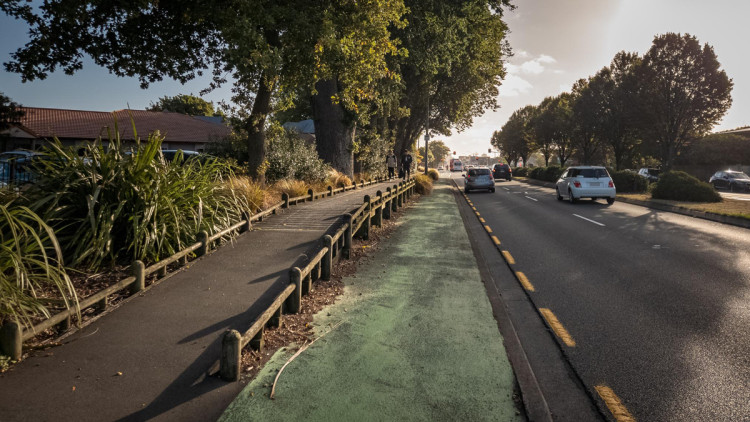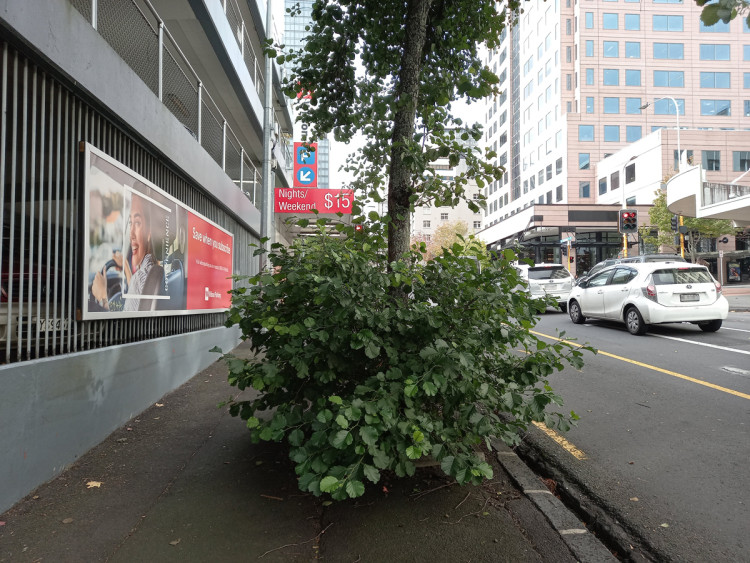Principles of Safe, Obvious and Step-free (SOS) incorporate human variation, so that planners and designers can incorporate universal access and should be followed in maintenance and renewals works.
PNG: Principles of Safe, Obvious and Step-free (SOS)
The specific applications of the SOS principles for maintenance and renewals are described below.
Safe streets
- Footpath and kerb design: smooth finishes within design tolerances, so that people using small wheels can navigate the kerb and channel easily.
- Pavement reseals: ensuring no lips on edges of seal.
- Maintenance of lighting and vegetation: important so that people feel safe while walking, and so that vegetation does not reduce the effective width of paths or reduce visibility between people inside and outside of vehicles.
Obvious streets
- Hazard tactile indicators correctly installed so that it orients people directly across traffic lanes
- Care with different surfaces so that everybody can find their way, with no confusion about where in the street they should be, even if they have low or compromised vision.
- Clear, non-slip surfaces
- Signs, vegetation and debris are not obscuring paths or making them unattractive, for example when a plant from an adjacent property is overhanging the footpath.
Smooth, Step-free streets
- Maintenance of paving stones is particularly important: explore opportunities to replace them with concrete or asphalt where possible to avoid maintenance challenges.
- Tree roots can cause footpaths to become uneven and create tripping hazards, resolving this could be challenging due to the benefits that trees provide. Solutions could involve board walk structures over the roots (see the example below).
- Good drainage so that paths are useable, but crossfalls are not excessive (no more than 2% on accessible path of travel, which includes all footpaths)
- No gravel or loose chip
- Materials have slip resistant properties.

Boardwalk over tree roots to facilitate a footpath, Lincoln Road Christchurch (Photo: Chris Blackmore).
In terms of smooth surfaces, any debris or deviation less than 6mm high is considered ‘smooth’ as it is unlikely to cause a slip, trip, fall, or inconvenience for people, including those using devices with small wheels. Lips also contribute to ponding of rainwater which can make crossings inaccessible. The following thresholds and treatments apply:
- Up to 6mm: No treatment necessary
- 6mm to 13mm: Remove and reinstate the surface or provide a bevelled edge.
- Greater than 13mm: Remove and reinstate the surface or construct a ramp to reduce deviation to less than 6mm.

Lower branches of a street tree reduce path width and obscure the visibility between people, Auckland. (Photo: Jeanette Ward).
PNG: Falls – slips, trips and stumbles
PNG: Kerb ramp design

